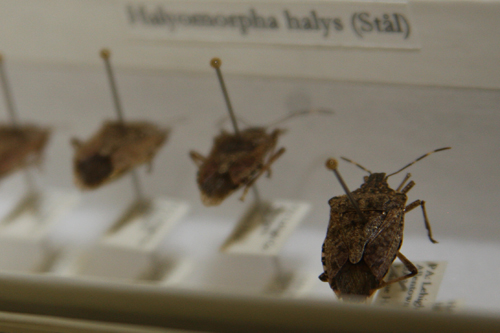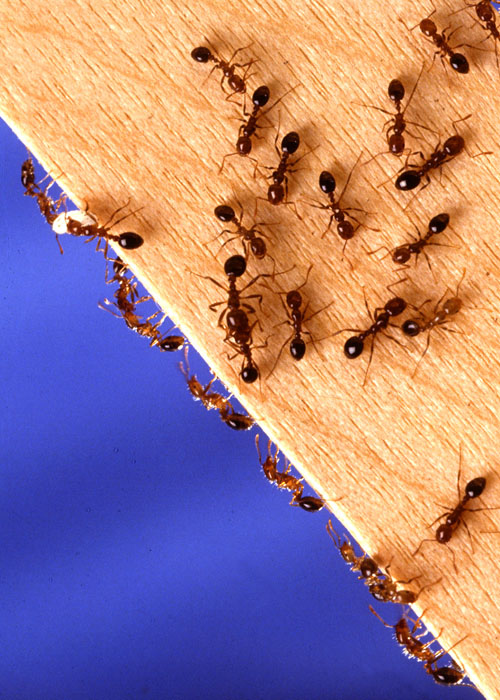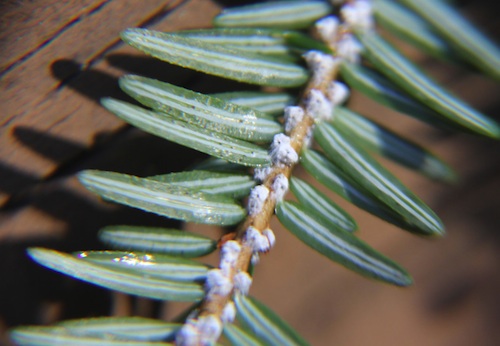 CAES News
CAES News
Hemlock pest
Thousands of broken trees line the banks of the Chattooga River. The dead gray stabs were once evergreen monsters offering shade to trout and picturesque views to visitors. These Eastern hemlocks are dying rapidly, and University of Georgia researchers are working to save them.

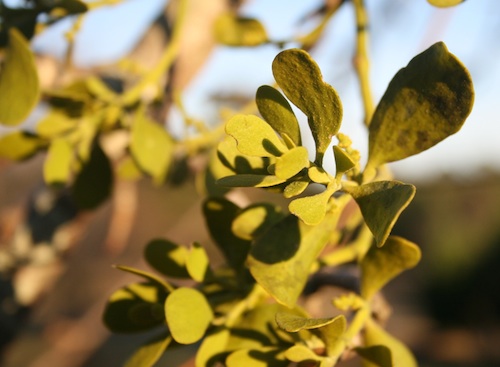
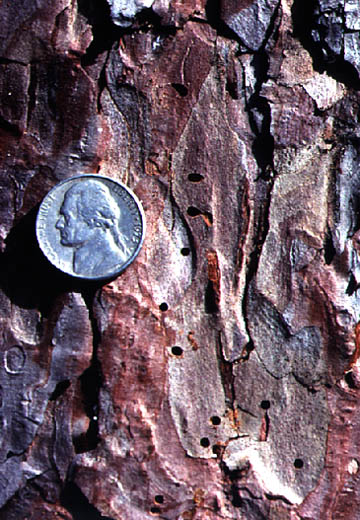
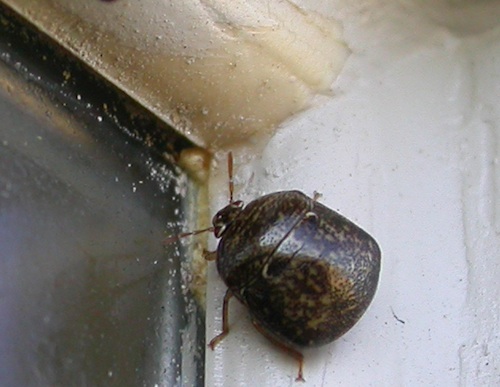
.jpg)
